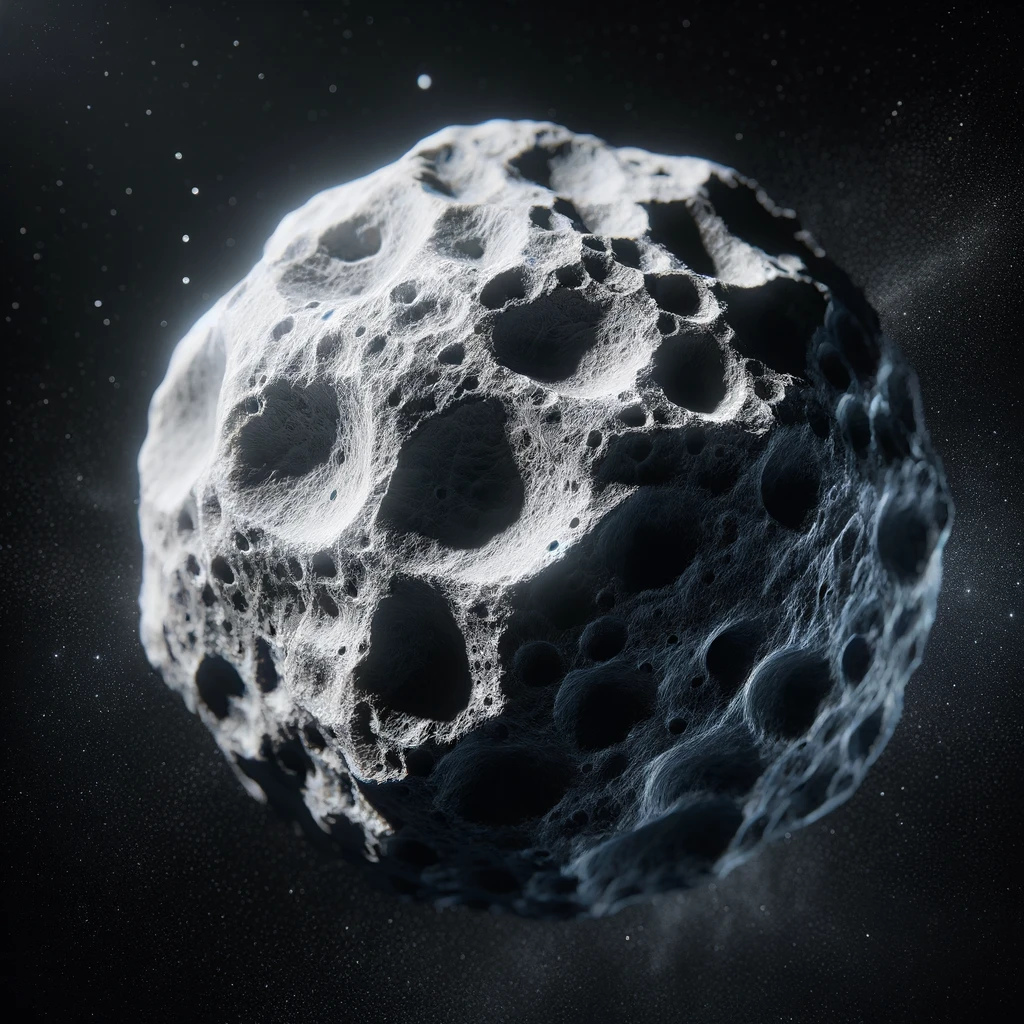Asteroids: The Cosmic Legacy of Stars
Asteroids are enduring remnants of a cosmic saga that begins in stellar cores and culminates in the formation of planetary systems. This post explores the journey of asteroids, from their origins in stellar fusion and supernovae to their existence in the asteroid belts of planetary systems.
Stellar Fusion and Supernovae: The Origin of Elements
The tale of asteroids begins within stars. Through nuclear fusion, stars combine lighter elements into heavier ones. As massive stars end their life cycles in brilliant supernovae, they scatter these elements across space, seeding the interstellar medium with the raw materials needed for asteroid formation.
Protoplanetary Disks: The Cradle of Asteroids
This enriched material, mixed with the molecular clouds in space, can collapse under gravity to form new stars, each surrounded by a rotating protoplanetary disk of dust and gas. Within these disks, the building blocks of asteroids start to coalesce, forming from the colder regions where particles of dust, ice, and heavier elements gradually stick together.
Birth of Asteroids
These growing clumps, over time, become asteroids. In regions like our solar system’s asteroid belt, the gravitational influence of nearby planets, such as Jupiter, prevents these bodies from merging into a planet. Thus, they remain as independent entities, orbiting the sun as asteroids.
Physical Characteristics of Asteroids
Asteroids display incredible diversity in their physical makeup:
- Size: They range from tiny pebbles to objects hundreds of kilometers in diameter.
- Composition: Mostly made of rock and metal, some contain organic compounds or water ice.
- Shape and Surface: Generally irregular in shape, many asteroids feature craters and other geological signs of their ancient history.
Asteroids are time capsules, offering clues about the early solar system and the processes that led to the formation of planets. They vary in size, composition, and location. Some reside in asteroid belts, while others, known as Near-Earth Objects (NEOs), follow paths that bring them closer to Earth.
As celestial nomads, asteroids are a focus of astronomical research, providing insights into our solar system’s history and the broader dynamics of the universe. From their role in planetary formation to their potential to reveal the secrets of life’s building blocks, asteroids continue to captivate scientists and space enthusiasts alike.
